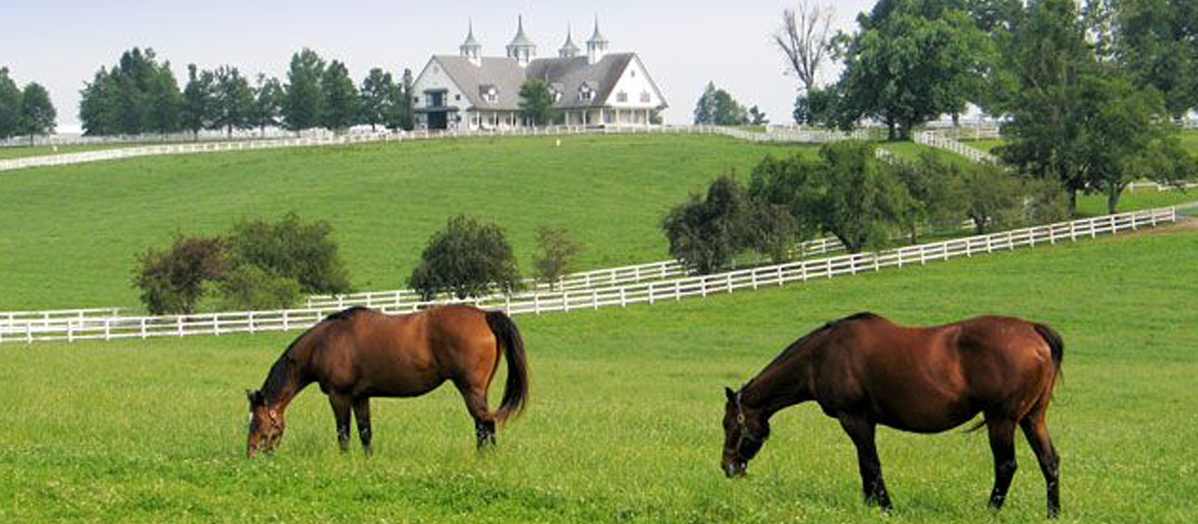Preparing Yourself For The Big Chill Ahead

As I crawled into bed last night, joined by my duvet-stealing Great Dane (Duke) and my somewhat more polite Chocolate Lab (Cadbury), I was horrified to discover, while fighting valiantly for a share of the bed clothes, just how cold my house was becoming. While it is true, being the diehard that I am, that I still have my windows open, and while it is also true that my secret (not so big anymore) to a youthful appearance is cryogenic refrigeration, I am somewhat aghast at the way my summer has vaporized. I expect that the sands of time have not singled me out in this regard, and therefore I will go out on a limb and surmise that all of you have noticed that the long and deliciously warm days of summer have air-kissed you a fond adieu as well. Never having been one for mincing my words, I am just going to come out and say it; fall has befallen us my dear friends. With this in mind, we have some fall preparations ahead of us I fear. By fall preparation, I am not just talking about digging out your flannels and inspecting your hot water bottles for rubber rot; our homes need some attention too!
Here’s a few helpful hints to get your home ready.
- Inspect your home’s
foundation for cracks and caulk around areas where the masonry abuts siding,
where pipes or wires enter the house, and around all window and door
frames. This is one of the least
expensive jobs and not only will it save you a few of your hard earned dollars
in heating costs this winter, but it will also prevent the ingress of water
which could result in cracking and the formation of molds. Remedying cracking and any subsequent mold
issues down the road, will wind up costing you your first born child so why not
take precautions now.
- Install storm coverings on your
doors and windows and remove screens.
Before storing your screens for the winter, clean and repair any damage
and give them a light spray with a protective coating before storing them in a
dry area of the basement or garage.
- Inspect the exterior walls of your home. If any of the paint is peeling or blistering, it’s time to touch them up. Peeling paint is a sign that the existing paint is failing and is no longer protecting the surface beneath. If left uncorrected, this will continue to deteriorate and lead to more costly repairs at a later date.
- Have your roof inspected for loose or missing shingles. If you are not the handy type, or if you possess a fear of heights, have your local roofing contractor perform the inspection. The combination of ice, rain, snow, wind, and rapidly changing temperatures and humidity can wreak havoc on your roof. Your roof is your home’s first line of defense against the elements and serious damage can result if it is not functioning properly. A failing roof can lead to extensive water damage and causes deterioration to the insulation, wood and drywall, and can leave electrical, plumbing and HVAC systems vulnerable. Be proactive when dealing with roof repairs and always put safety first when your tootsies leave the security of terra firma.
- Once the last of the leaves have fallen from the trees, clean out the gutters and downspouts, flush them with water, inspect joints and tighten brackets where necessary. Clogged gutters are one of the major causes of ice dams which can seriously compromise the integrity of your roof. Replace old or damaged gutters with new ones that have built-in leaf guards.
- Inspect the weather-stripping around your garage door. Make sure the seal between your garage door and the ground is tight. This will prevent drafts, snow and small creatures from making your garage home for the winter.
- Inspect your driveway for cracks. Clean out and repair any damage with driveway filler, then coat with a commercial sealer. Once water penetrates cracks and subsequently freezes, it will, over time, result in heaving. In no time at all, your driveway will soon like a ride at an amusement park.
- About 47 percent of the total energy costs in your home are spent on heating and cooling. Properly sealing and insulating can save you up to 20 percent on heating and cooling costs, or up to 10 percent of your total energy bill. Leaks around doors and windows are easy to find and an even easier fix. Apply weather stripping and caulk around these areas to cut down on drafts and to keep your money in your wallet.
- Have your heating system inspected by a licensed contractor. Heating systems run more efficiently, last longer and burn less fuel when they are properly maintained.
- While fire is pretty to look at when
the snow is whipping around outside, it isn’t so pretty when it’s gobbling up
your house like a frat boy devouring pizza at a kegger. Fire is dangerous and so all wood burning
appliances must be inspected regularly.
Inspect your wood stove and fireplace insert’s door gaskets for a tight
seal. Be sure to inspect the glass for
cracks and have the chimney cleaned by a licensed chimney sweep. Clogged chimneys pose a great risk of fire as
the creosote builds up with continued use.
- Hot air rises and so changing the direction of your ceiling fan to create an upward draft that redistributes warm air from the ceiling is a smart way to make your home more comfortable during those cold and dark winter months.
- Test and change the batteries in your smoke and carbon dioxide detectors and keep extra household batteries on hand.
- Check basement windows for drafts, loose frames or cracked panes. The last thing you want is to discover come spring, that all those precious trinkets you have been storing in your basement since the late 1970s have succumb to the ravages of a damp basement and the family of squirrels that have nested in them over the winter.
- Vacuum internal parts of your air conditioner units. Remove any units from windows or wrap with an approved tarp or plastic air conditioner cover in order to prevent rusting of vital parts.
- Clean your humidifiers regularly during the heating season. Bacteria and spores can develop in a dirty water tank and this will end up being distributed throughout your home and straight into your lungs.
- Organize your garage. Clean and store summer garden tools; I promise that you won’t be needing that Garden Claw for the next six months so why not make room for the bag of salt and your snow shovel.
- Tidy up your lawn by clearing away the fallen leaves, reseeding patchy areas and planting spring flowering bulbs. If deer are a problem in your area, you can deer-proof by covering plants with netting and/or chicken wire. If you intend to fertilize, do so with a high phosphorus fertilizer for a lush lawn come spring. Be aware though, that spring run-off will carry excess fertilizers off into the storm drains and could potentially damage the ecosystem. If you do fertilize, be kind to our environment and do so sparingly.
- I’m pretty sure you won’t be needing your lawn mower for a while either so it’s time to get that prepared for storage too. Drain the fuel from all your gas-operated equipment and place it somewhere where you won’t be tripping over it. It’s a good idea to turn your lawn mower over and ensure that all the grass clipping are removed from the deck. This will prevent it from rusting, therefore extending its life.
- Check to see that all of your snow removal equipment is in peak condition. You don’t want to find out after the first heavy snow fall, that your snow blower has gone to meet its maker. Organize your snow clearing gear. When the snow arrives, oh and it will, you’ll want to have shovels, roof rakes and snow blowers where you can get to them. Be mindful of where you are storing your equipment. A shed at the end of your yard may not be as well insulated as the garage attached to your house. Equipment that is stored out in the elements, exposed to heat and cold extremes, can develop problems when the gasoline can no longer vaporize and flow into the engine’s combustion chamber.
- Drain all garden hoses and store them inside. Be certain to shut off all water valves leading to the outside water bibs. These will freeze and burst if not properly attended to.
- If you have bird feeders, now is a good time to top them up. Bear in mind that if you intend to feed your feathered friends this winter, you need to continue as you started. The birds will become dependent on this food supply during the cold winter months and could perish if you neglect to keep your feeders adequately supplied.
- Check the supports, stairs and railings on porches and decks. Make sure the handrails can support someone slipping on snow or ice. The last thing you want is to be carting your guests off to the nearest emergency room when they should be over-indulging on sweets and eggnog.
- Clean porch and deck furniture, and look for any needed repairs. Cover and store outdoor furniture and barbecues in a protected area like a shed or the loft in your garage where applicable.
- Make sure all soil is emptied from
pots and planters. Dirt left in clay pots will freeze and cause the pots to
crack if left outside.
While this sounds like a lot of work, you’ll be happy you took the time to do it. Besides, what better way to spend a weekend then to be outdoors in the fresh and crisp autumn air, all buddle up in your cable knit cardigan sipping on Bailey’s spiked hot cocoa?
Michael







